The US has deployed A-10 Thunderbolt II attack aircraft to the base on Guam island. Here, the aircraft will participate in exercises to evaluate the combat and operational capabilities of the Pacific air force, according to Defense Express .
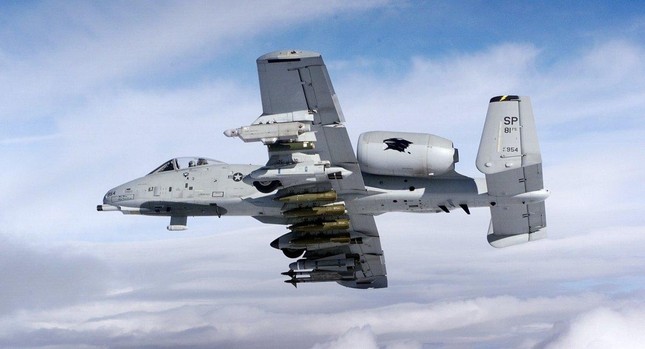 |
| A-10 Thunderbolt II attack. Photo: Defense Express |
The A-10 Thunderbolt II is a direct attack and air support aircraft manufactured by Fairchild Republic. The A-10 had its first flight in 1975 and entered service with the US Air Force in 1977.
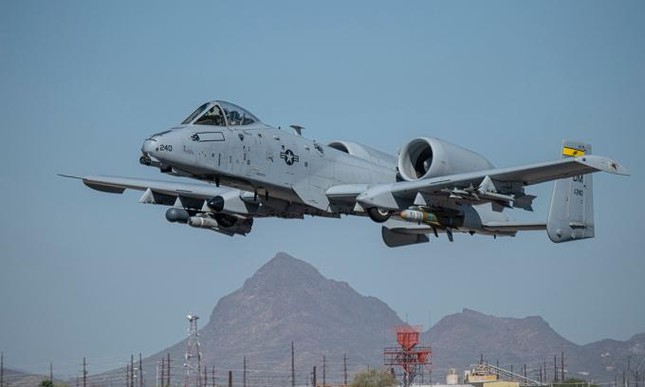 |
| The A-10 attack is designed with large straight wings to increase maneuverability. Photo: USAF |
The A-10 attack has a length of 16.26 m; height 4.47 m, wingspan 17.53 m. The large, straight wing design helps the A-10 Thunderbolt II be flexible when flying at altitudes of 300 – 2,500 m. These aircraft are used to support ground forces by attacking tanks, armored vehicles and other ground targets.
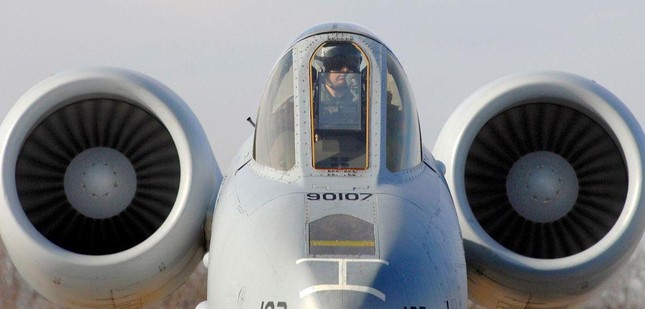 |
| The aircraft uses two TF34-GE-100 General Electric engines. Photo: Military |
Thunderbolt II is designed with an empty weight of 11.3 tons; Maximum take-off weight 22.7 tons. The aircraft is highly maneuverable thanks to the use of two extremely powerful TF34-GE-100 General Electric turbofans. Thanks to that, it can carry 4.8 tons of fuel; flying at a speed of 706 km/h; Flight ceiling is 13.6 km and combat radius is 463 km.
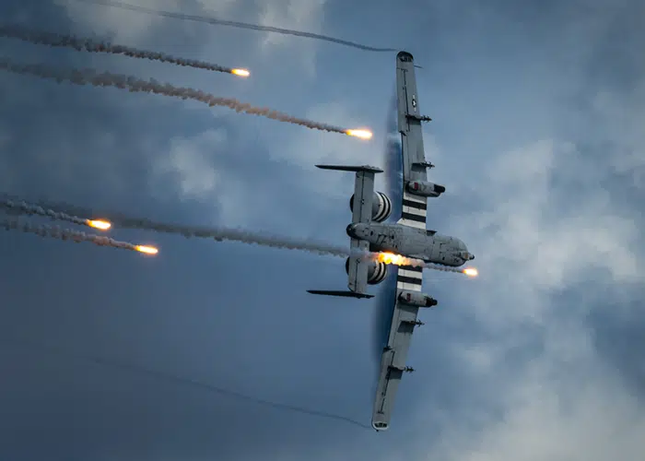 |
| Thunderbolt II releases fireworks at the Fort Lauderdale Air Show 2020. Photo: af.mil |
The aircraft’s main firepower is the 30mm GAU-8 Avenger automatic cannon with 1174 bullets, the rate of fire is reduced to 3900 rounds/minute. The A-10 has 11 weapon pylons with a payload of up to 7.3 tons. This allows Thunderbolt to carry a variety of missiles including AGM Maverick air-to-ground missiles or AIM-9 Sidewinder heat-seeking missiles.
In addition, it can also carry many types of conventional ammunition, including multi-purpose bombs, cluster bombs, incendiary bombs, laser-guided bombs, flares,…
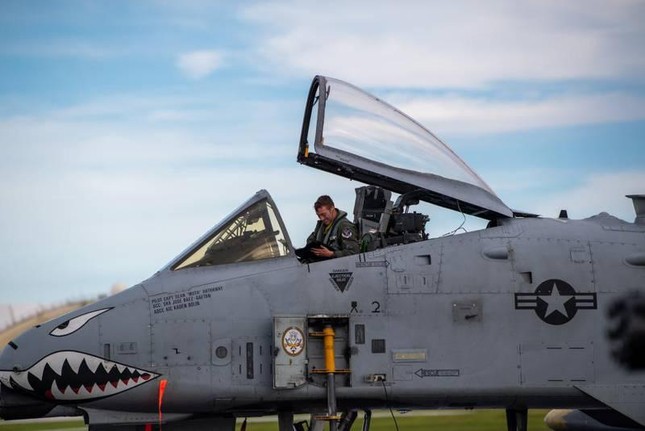 |
| Thunderbolt II’s cockpit is covered in titanium. Photo: airforcetimes |
Thunderbolt II has a night vision imaging system. The titanium-coated cockpit is 12.7-38.1 mm thick, helping the A-10 be able to withstand 23 mm anti-aircraft bullets. At the same time, the aircraft is equipped with many advanced technologies such as computer targeting equipment; autopilot system; Ground collision warning system,…





